99% of species protected by the endangered species act have been saved from extinction. You read that right, 99%. Since the Endangered Species Act became law in 1973, only 10 species protected by it have been declared extinct, and eight of those may have been extinct before they were listed.
The Endangered Species Act, passed in 1973, was designed to protect animals and plants from going extinct by protecting critical habitat and banning take of listed species because congress found, “these species of fish, wildlife, and plants are of esthetic, ecological, educational, historical, recreational, and scientific value to the Nation and its people.”
It ought to go without saying that every species has intrinsic value.
Beyond that value, many species also provide a direct benefit to people whether as a potential food source, a pollinator, a devourer of pests, a tourist attraction, something less tangible like a cultural icon, or any combination in a nearly infinite list of benefits. From bats and other pollinators that support agriculture to tiny fish that eat mosquito larvae, our reliance on biodiversity is profound.
Evidence is mounting that biodiversity helps to shield people from disease, is essential for food security, and is good for the economy.
Even those species that don’t seem to provide a direct benefit at first glance are connected, even integral to the survival of species that do benefit humans. The oft-quoted and misquoted John Muir put it best, “When we try to pick out anything by itself, we find it hitched to everything else in the Universe.”
Ted Williams writes about wildlife and ecosystem recoveries for Cool Green Science. Many of these recoveries would not be possible without the Endangered Species Act.
-
Bats with Your Tequila
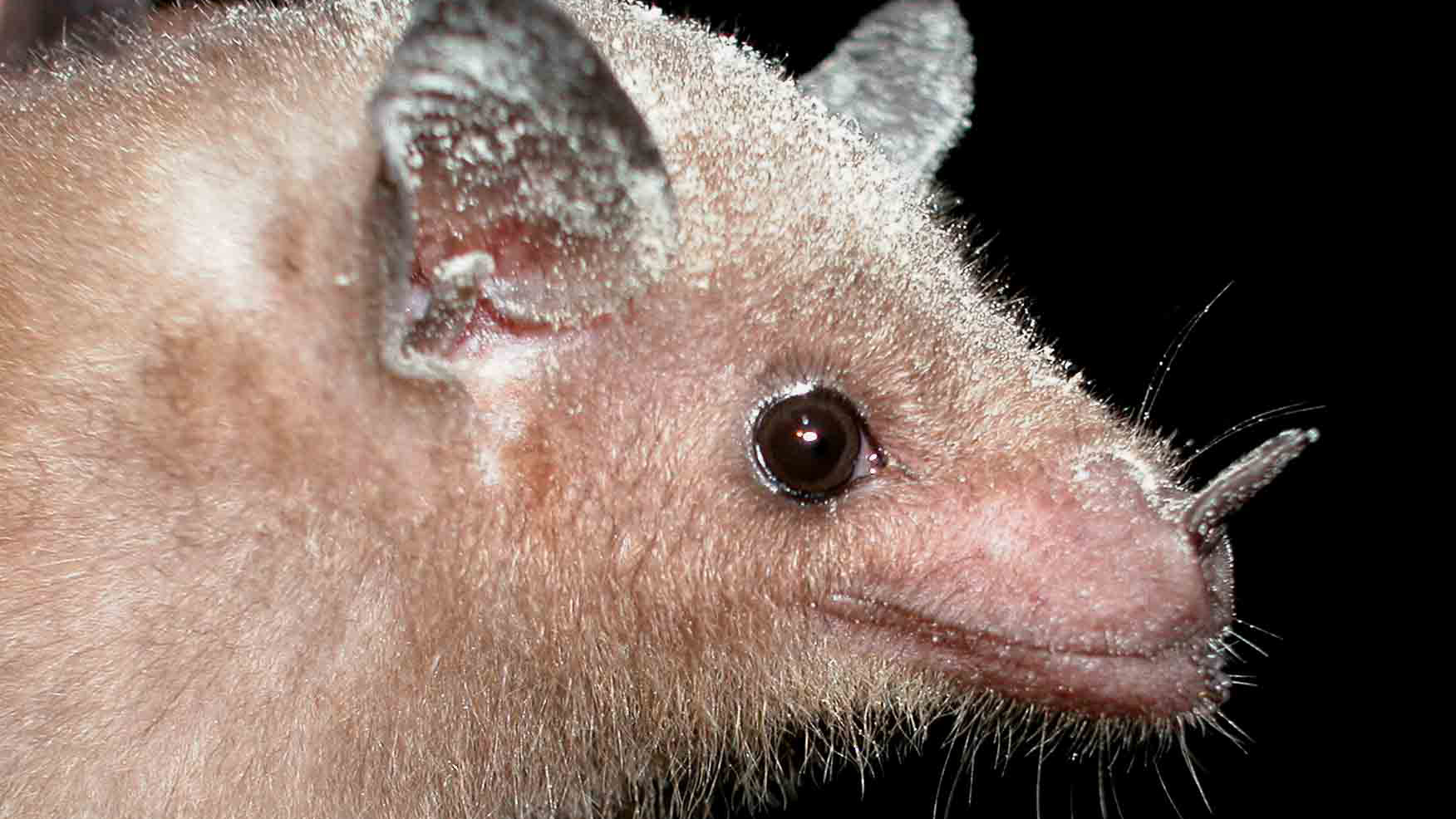
Lesser long-nosed bat with pollen-covered muzzle. Photo © Marco Tschapka You might know them best as the pollinator of the blue agave plant, the plant behind your tequila. Lesser long-nosed bats eat nectar. Migrating between southwestern America and southern Mexico, they pollinate a variety of plants along the way.
Once reviled and persecuted, these bats are now appreciated for the role that they play in agricultural production and are making a great comeback across their range. They were removed from the endangered species list this year.
-
A Desert Native Gets a Second Chance
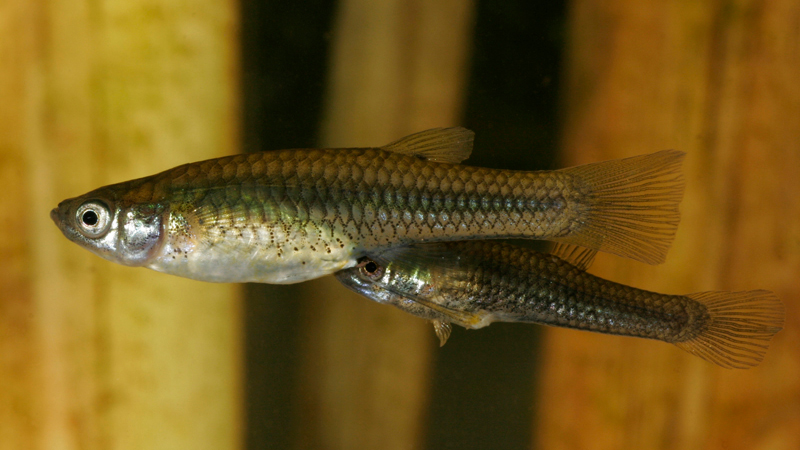
Gila topminnows. Photo © Bruce Taubert, courtesy of Arizona Game and Fish Department The Gila topminnow is a two-inch fish native to streams and rivers of the desert southwest. They were extirpated in many places through a combination of stream diversion and invasive species introduction.
Gila topminnows eat mosquito larvae, contributing to population control. In fact, efforts to restore them to their native streams were anticipated by relocations for mosquito control. Gila topminnows remain endangered, but many populations show signs of recovery.
-
Hope for Black-footed Ferrets
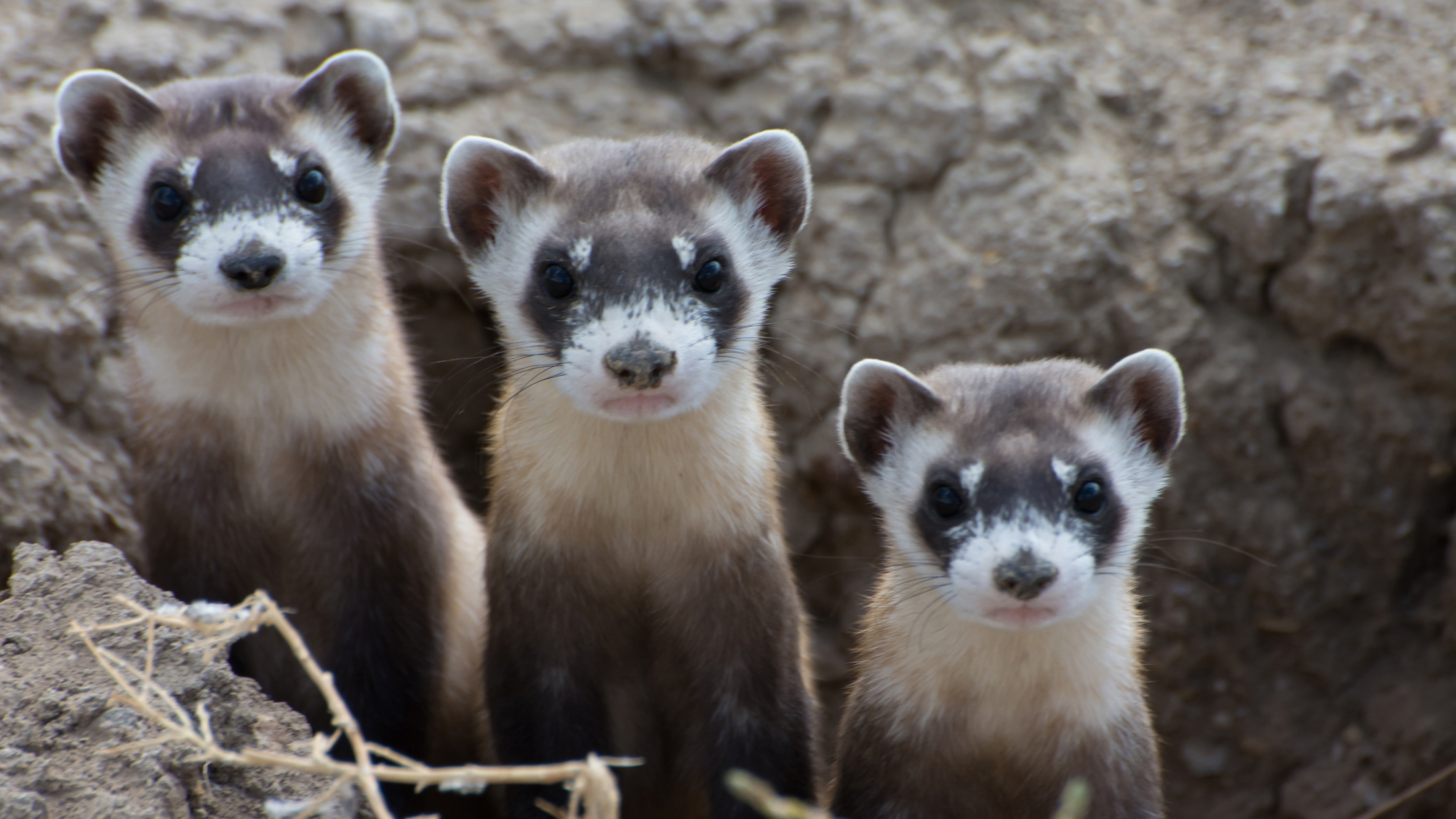
Black-footed ferrets (Mustela nigripes). Photo © Kimberly Fraser/USFWS Black-footed ferrets were thought to be extinct until one small population was rediscovered in Meeteetse, Wyoming. It has taken 34 years of captive breeding by the USFWS and partnerships with organizations like the Nature Conservancy and private landowners, but these adorable predators are being restored to their native habitat across the US.
With Safe Harbor agreements in place to protect landowners who allow the reintroduction and monitoring of ferrets on their land, some ranchers appreciate the role that ferrets play as a natural predator of prairie dogs.
Ferrets remain critically endangered with an approximated 200-300 now living in the wild at 27 sites across the US. That may sound like a small number, but with a stable captive population and evidence of breeding in the wild, this is a huge success for a species that nearly vanished.
-
Nature’s Undertakers
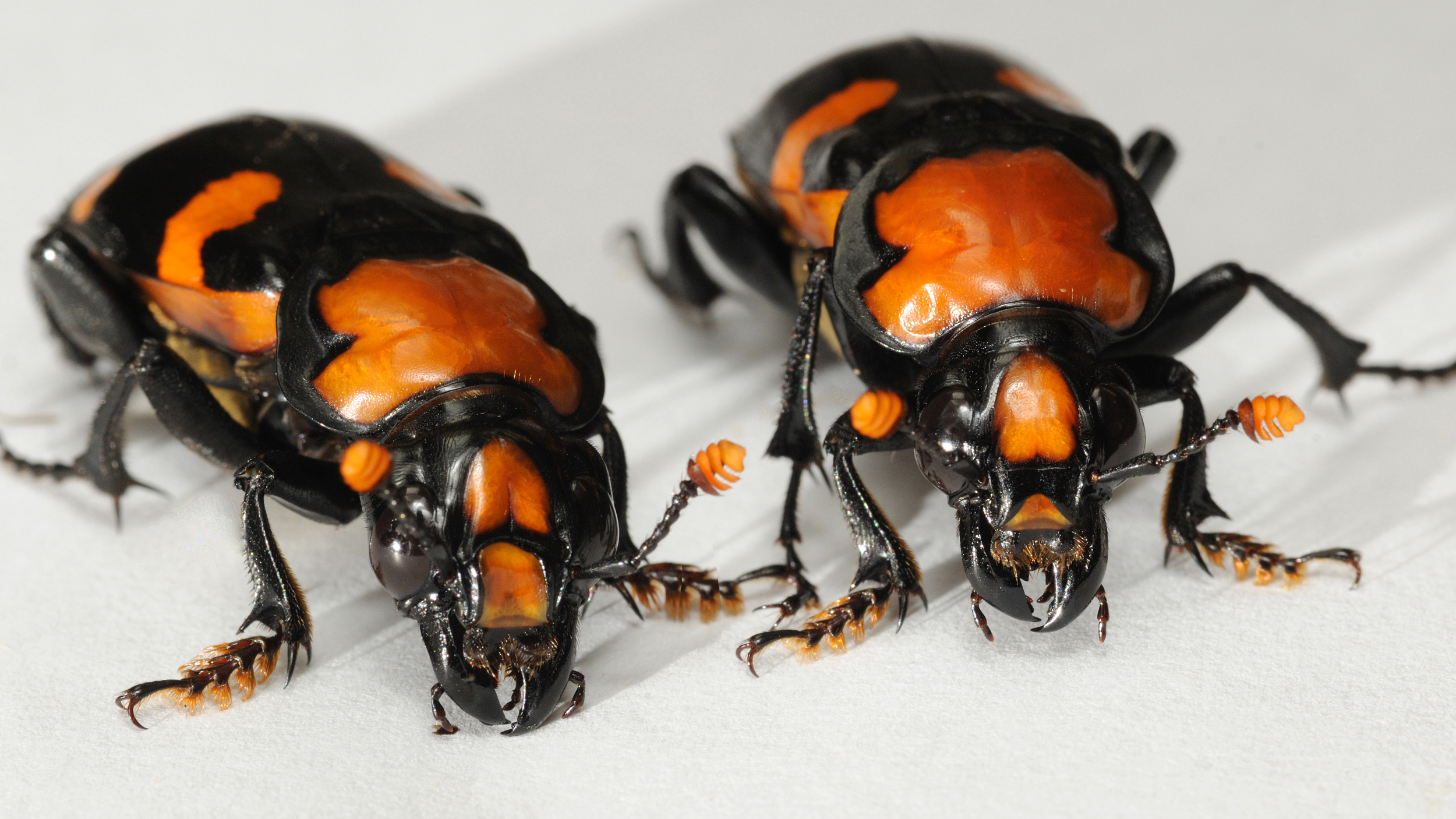
Adult American Burying Beetles. Photo © Darlyne Murawski courtesy of Roger Williams Park Zoo Eye-catching American burying beetles are part of nature’s clean-up crew. These attentive parents, bury carrion (with a specialty in dove-sized carcasses) and stay with the carcass, feeding it to their larvae until they pupate.
The Nature Conservancy and local zoos have played a large role in restoring burying beetles to parts of their historic range in Rhode Island, Oklahoma and Missouri. Some of these populations are not yet self-sustaining and there are many gaps to fill before burying beetles are ready to be removed from the endangered species list.
-
Rare Turtle Gets a Second Chance
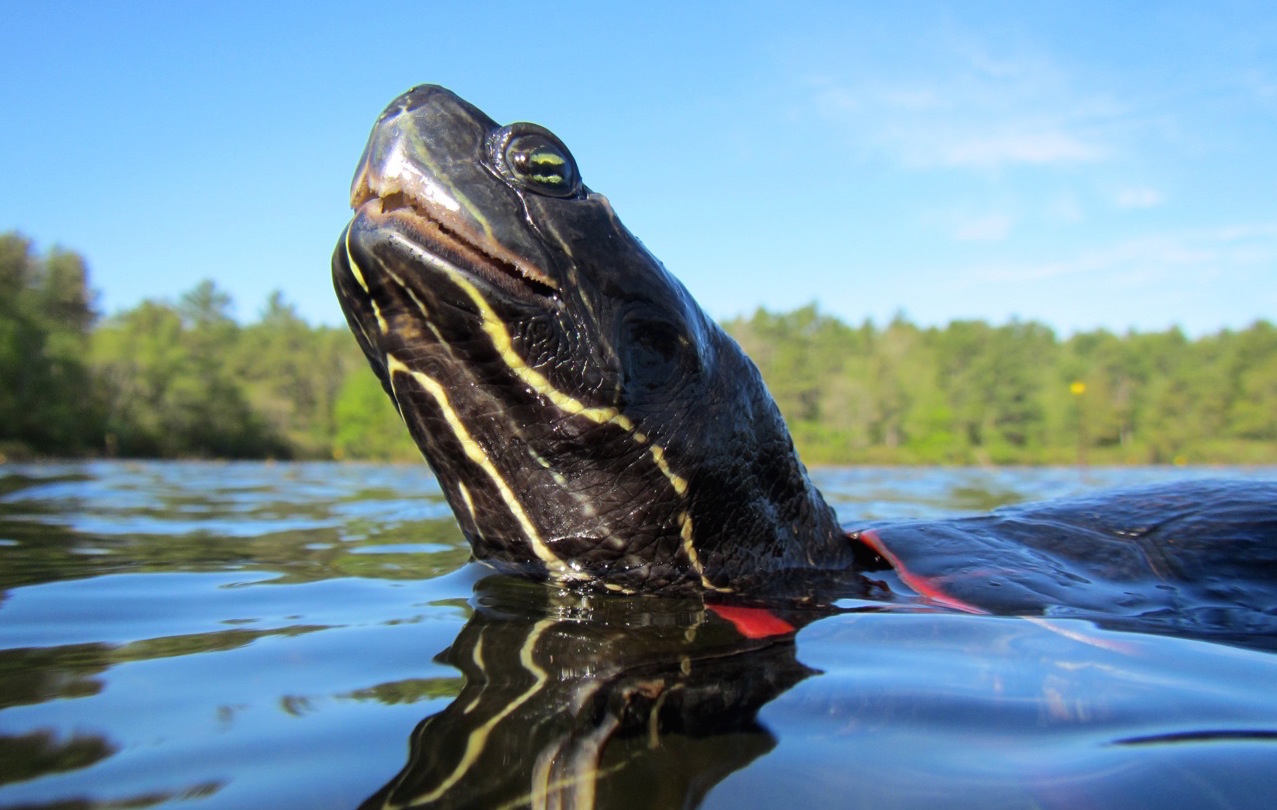
Photo © Mike Jones/American Turtle Observatory Once down to 300 turtles, the Plymouth redbelly (a subspecies of the red-bellied cooter) is getting a head start from school children. The children benefit from the experience as well; they learn applied math and science by weighing and measuring turtles each week as they raise them for release to the wild.
Headstarted turtles are large enough to be safe from most predators. With 3,878 headstarts released, the wild population has increased by a factor of 10. It’s not yet enough to remove the Plymouth redbelly from the endangered list, but they have a promising future with headstarts now likely breeding in the wild.
-
The Great Teddy Bear Rescue
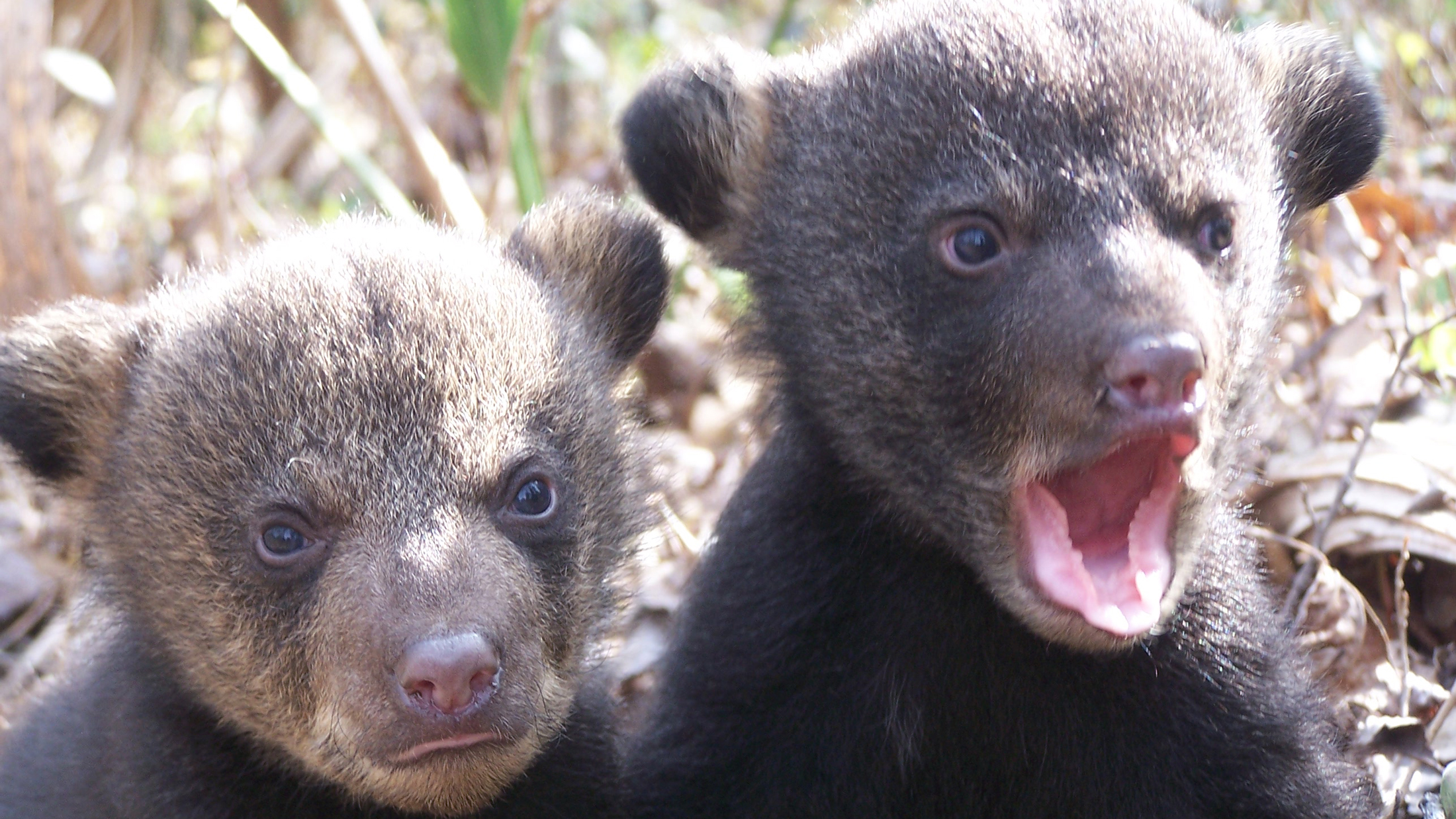
Photo courtesy of Black Bear Conservation Coalition You probably know the story of how Teddy Roosevelt spared a bear that became the original “Teddy Bear,” but did you know that was a Louisiana black bear?
This subspecies of the American black bear is an important symbol of the southern swamp-forest. After initial conflict over the endangered species listing, people from the timber industry, environmental community, and state and federal governments decided to set aside their differences and work together to restore the bear.
Thanks to the efforts of the organization they formed, the Black Bear Conservation Coalition, the Louisiana black bear was removed from the endangered species list in 2016.
-
Benefits of Salmon Failure
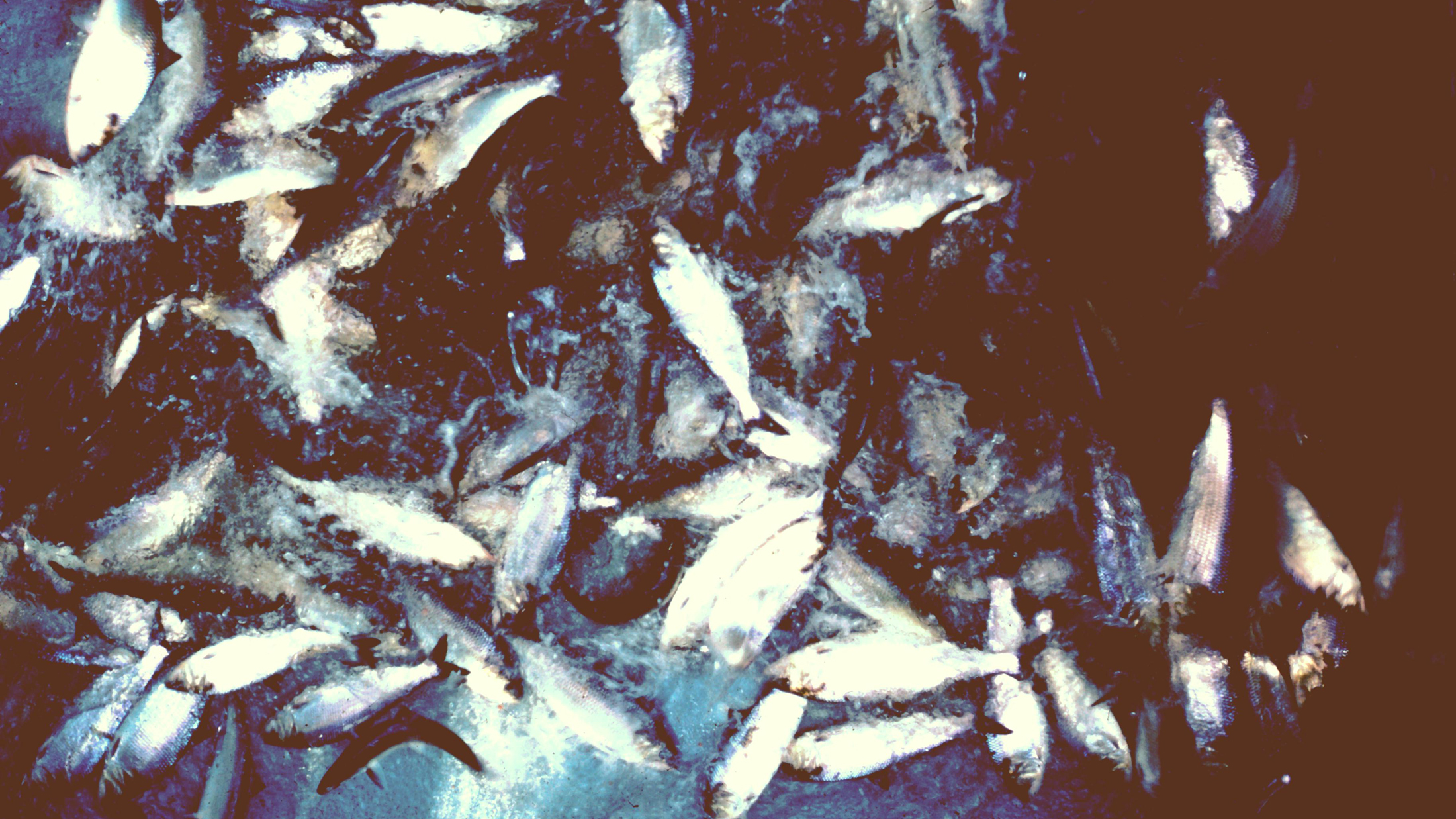
American shad in fishlift in Holyoke Dam on Connecticut River in Holyoke, MA. Courtesy of Connecticut Department of Energy and Environmental Protection Attempts to restore the Atlantic salmon did not end in extinction (a population remains in Maine), but they did not go as well as planned for the intended, charismatic species in most states. However, a host of freshwater species (fish, mussels, eels, lampreys, and more) benefited from the river restoration and connectivity work that was funded as part of the salmon restoration plan.
Many of these ecologically and economically important species are experiencing a resurgence as they gain access to habitat that was once blocked by impassible dams. In 2013 about 1,000 river herring were counted; in 2016: 1,803,063. In 2014 the sea lamprey count was 641; in 2016: 4,945. In 2013 no American shad were seen above Veazie; in 2016 the count was 7,868.
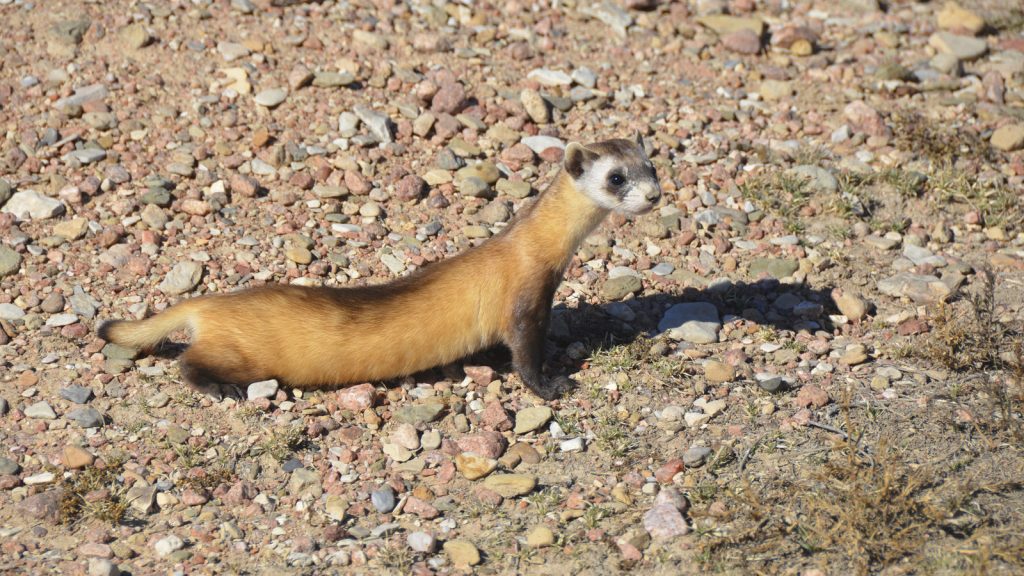



This is so wonderful! I’m currently studying and putting together a protest for endangered animals, and found this site a lovely source of information! TYSM!! (THANK YOU SO MUCH!!)
Good news is rare these days. Enjoyed the article. Especially the success with Black Ferrets and the . Plymouth Red Belly turtle. The Ferrets are natural enimies of the Praire Dog and are needed for control of them. Keep up the good work.
All wild animals should keep.
These animals are here on earth because they should be here, they can be for themselves, not only to benefit mankind.
We need this more then ever. Humans are killing animals by the hundreds. Extinction coming very close for many…do you really want that to happen. I doubt that
we defiantly do need this
Thanks for all the great news on these species recoveries. WE ALL NEED GOOD NEWS THESE DAYS!